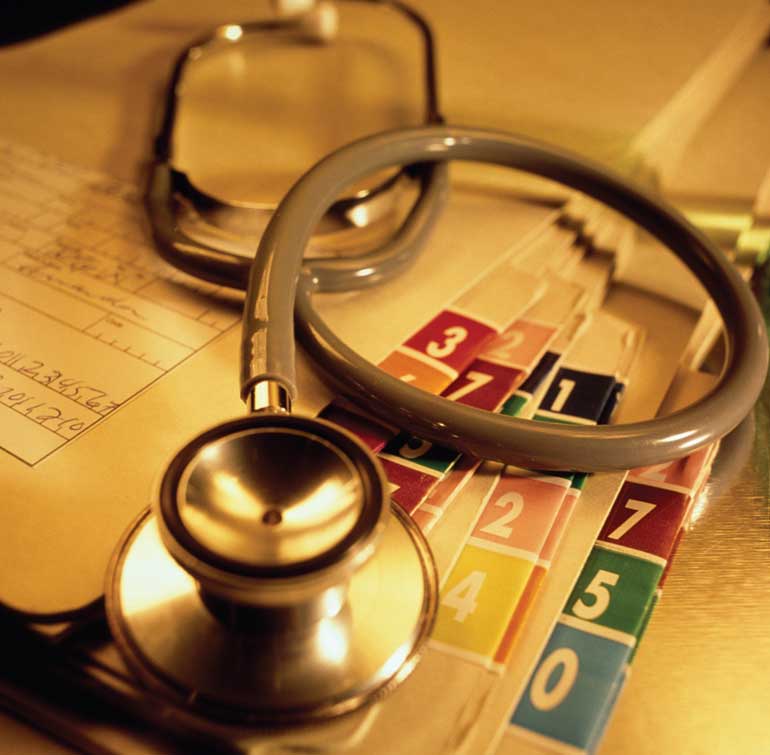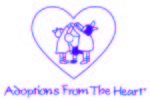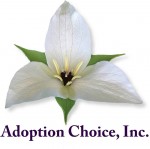A couple of years ago, the Surgeon General of the United States decided to rename Thanksgiving. He declared it “National Family History Day.” The goal wasn’t to obscure the origins of our national holiday, but to encourage families to talk to each other about their health histories.
A family medical history is a window into an individual’s genetic heritage. If you know that your dad had a heart attack before age 55, or that your mom had one before 65, you’ll (ideally) strive to lead a heart-healthy lifestyle.
But what about adopted kids?
The Surgeon General didn’t have anything to say about them. An exhaustive exploration of the initiative’s Web site eventually lands you on a page about searching for birth parents on the National Adoption Clearinghouse’s site.
Here’s the rest of the story….
Actively seeking info
“An adopted person’s life is a jigsaw puzzle,” says Deborah Borchers, M.D., a Cincinnati pediatrician who served on the American Academy of Pediatrics (AAP) committee on Early Childhood, Adoption, and Dependent Care. “There are pieces he’ll never find, but you do your best to find what you can.”
Within the U.S., gathering information on your adopted child’s medical history before and at the time of adoption is usually easiest in an open, infant adoption and most difficult in a foster adoption in which ties to the birth parents have been severed.
Some countries involved in international adoptions keep virtually nothing about birth parents on file, and others maintain detailed records. In some places, a little digging via informal networks while in country can yield a good amount of information.
No matter what your family’s situation, here’s how to piece together a medical history for your child.
Before you adopt
A domestic open adoption is the best scenario for collecting a family medical history. But even here, there are obstacles. You probably wouldn’t think to ask, or feel right asking, the birth mother about her father’s hypertension at the hospital.
Ideally, you wouldn’t have to — you’d have received such information well before the birth.
“An attorney or agency arranging for an adoption should collect this kind of information in advance, as due diligence,” says Dana E. Johnson, M.D., Ph.D., a professor of pediatrics at the University of Minnesota, where he directs the International Adoption Clinic.
Most agencies have standard questionnaires for the relinquishing mother, but answers may be spotty. “The birth mother may be estranged from her family. And is the birth father still involved enough to fill in that information?” asks Dr. Johnson.
Many biological mothers are simply too young to have relevant information about chronic diseases: If a woman is 20 and her parents are in their 40s, she may not yet know whether heart disease runs in the family. Ask what she knows about her grandparents, even great-grandparents, but be prepared to find that she may know very little.
And don’t forget to monitor the pregnancy carefully, learning about weight gain, ultrasounds, drugs, smoking, glucose tolerance, and other factors. “The environment the child was in — both prenatally and postnatally,” is a critical health indicator, says Dr. Johnson.
“A baby who is growth-retarded, for instance, has the risk of developing high blood pressure. Children who were exposed to alcohol are at risk for cognitive and behavioral problems. While it’s useful to know whether a father died of heart disease, the information doesn’t have as immediate an impact.”
Collecting information before an adoption plan is finalized is delicate, to be sure. Demanding a lot may be perceived as “baby shopping.” An experienced adoption counselor can help.
The international experience
When a child joins your family from another country, there may be little or no information about the birth family. “But you can learn a great deal from the medical report,” says Jane Aronson, D.O., F.A.A.P., a pediatrician in New York City who specializes in adoption medicine. It’s not family history, but it’s key information. “If a kid is growing well in an orphanage, that’s an excellent sign.”
How can you tell whether this is the case? If you have the opportunity, request updated height, weight, and head circumference measurements. If your child has been in an orphanage for a period of time, you can ask for initial and current measurements. This will allow your pediatrician to plot your child’s growth against standard development to determine whether or not his growth is on course. Bear in mind, however, that measurements are not always accurate.
Request the original medical report, not just a translation. The translation may be an abridgment, or may gloss over details. “It’s better for your doctor to have access to it in the original language,” says Aronson.
When you adopt
“Collect as much information as you can at the time of the adoption,” says Dr. Jenista. Even if you already have a substantial file in a domestic adoption, use the trip to the hospital or court to fill in gaps or ask questions. “Construct a family tree — birth mother, siblings, cousins,” suggests Jenista. “Say, ‘Tell me about this person…'”
And when you go to another country to adopt, be a sleuth. The orphanage director can help you fill in the blanks. Ask: Who took care of the child? Does the child have asthma? Skin conditions?
“A lot of information gets lost over time, so beat the bushes to find out anything you can,” says Dr. Johnson. “Sometimes the orphanage director knows the family. It’s important to get contact information, not just for medical reasons but for long-term information that your child may want when he gets older.”
Dr. Aronson advises all families to bring a developmental assessment tool on their international adoption trips. The Denver Developmental Screening Tool (DDST) is a common one that your pediatrician can provide.
Take advantage of any time spent in country. Families who adopt from Russia make two trips — one to meet the child and another to bring him home. On the first trip, “Take pictures for your pediatrician to evaluate,” suggests Aronson. “Some families hire a local doctor to review the child’s health.”
In Ethiopia, “You might even be able to meet the family,” says Aronson. “A child adopted at an older age might say goodbye to his birth mother.” And the benefits of that kind of closure go far beyond a child’s physical well-being.
A two-way street
In some cases, information needs to flow in the other direction — back to the birth family. Jerri Jenista, M.D., recalls the case of a child adopted from Korea who was diagnosed with neurofibromatosis — a genetic disorder of the nervous system.
Symptoms may initially be minimal, but “some of these children will go on to have serious medical problems, like kidney failure. And if you have this condition, there’s a 50 percent chance that your next child will be affected,” says Dr. Jenista.
In this case, the family alerted the agency and “several birth family members were diagnosed. The information may have saved them years of life.”
The same scenario might hold for an African-American child with sickle cell anemia — the birth parents’ next child has a 25 percent chance of developing the disease and a 50 percent chance of inheriting the trait.
Keeping communication open
Sometimes, families are so focused on immediate concerns at the time of their adoption that they simply don’t think to ask about potential risks in adulthood, such as heart disease or diabetes. That’s why establishing connections with the birth family may be key to long-term health.
“If a child develops a disease that carries a genetic tendency, such as depression, it helps to be able to go back and ask questions,” says Dr. Jenista.
Dr. Aronson recalls the case of a young boy, recently adopted from Ethiopia, who was having significant problems at school. His family was able to contact his birth grandparents in Ethiopia, who “revealed that the boy had had learning difficulties before adoption.” The information helped the parents find educational services and “stop blaming both themselves and the adoption” for their son’s ongoing problems in the classroom.
Be sure to update your agency with your contact information so they can send new birth family information to you. If, for example, your daughter’s birth mother develops breast cancer, you’ll want to be alerted.
Whether an adoption is open or closed, domestic or international, the process of mapping out our children’s genetic heritage won’t be easy. And some pieces of the puzzle will never be found. But never say never.
Right now, “In China, the chance of getting birth family information is zero,” says Dr. Jenista. “But that was the situation in Korea 40 years ago, and now a significant number of Korean adoptees have searched for birth parents, so more information may become available.”





